#AI in astronomy
Explore tagged Tumblr posts
Text
How Artificial Intelligence is Transforming Scientific Research
Introduction No one ever imagined how artificial intelligence would revolutionize scientific research. At TechtoIO, we look into how AI is not just a tool but the driver behind the rapid advancements in many scientific disciplines. That includes how science is being transformed—from better data analysis to catalyzing discovery, such as areas in health, climate science, physics, particle experimentation, and more. Read to continue link...
#Science Explained#TagsAI accelerating discoveries#AI and environmental monitoring#AI bias mitigation#AI data analysis#AI data privacy#AI future advancements#AI in astronomy#AI in climate science#AI in genomics#AI in healthcare research#AI in material science#AI in social sciences#AI in space exploration#AI medical image analysis#AI predictive analytics#AI simulations in science#AI transforming science#AI-driven drug discovery#artificial intelligence in scientific research#ethical AI in research#analysis#nvidia drive#science updates#tech news#adobe cloud#business tech#trends#science#technology
0 notes
Text

#art#photography#nature#artificial intelligence#photograph#photographer#landscape#places#landscapes#artwork#photography art#digital art#photooftheday#artificialintelligence#artoftheday#naturephotography#nature lovers#Ai art#clouds#sky#space#stars#galaxy#astronomy#night sky#night time#night#sunset#lake#trees
1K notes
·
View notes
Text
Through his research at Caltech, a local high school student revealed 1.5 million previously unknown objects in space, broadened the potential of a NASA mission, and published a single-author paper. Matteo (Matthew) Paz's article published in The Astronomical Journal describes a new AI algorithm he developed that led to these discoveries and that can be adapted by other astronomers and astrophysicists for their own research.
Continue Reading.
125 notes
·
View notes
Text
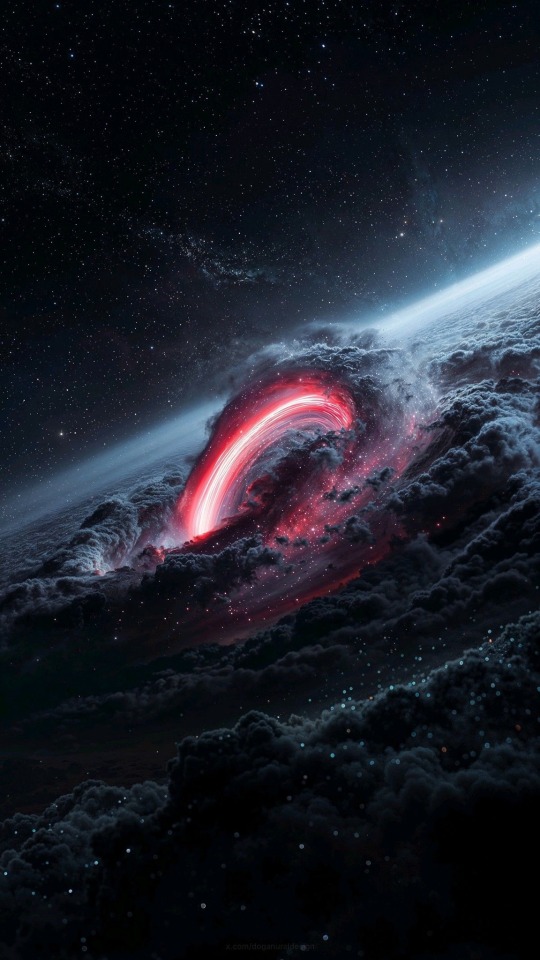
#galaxy#void#space#black hole#sun#earth#black art#art#fantasy art#artists on tumblr#digital art#artwork#ai art#ai aesthetics#fantasy aesthetic#dark aesthetic#aesthetic#dark fantasy#wallpaper#red art#dark art#space aesthetic#void aesthetic#astronomy#astronomy art#astronomy aesthetic
62 notes
·
View notes
Text
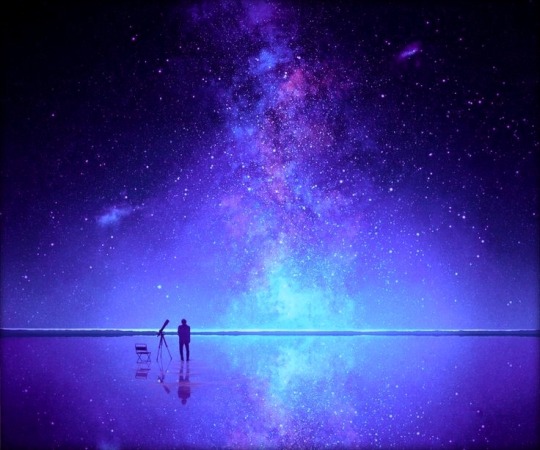
#galaxy aesthetic#galaxycore#celestialcore#celestial aesthetic#dreamscapes#stargazing#paradise#purple aesthetic#blue aesthetic#ai art#dreamycore#dreamy aesthetic#starry eyed#starry skies#astronomy#refelctions#beautiful sky#skyscape#cosmos
497 notes
·
View notes
Text

@justdavina @astrodavina of San Francisco AI Fashion 2025
#ai digital art#ai development#ai daddy#ai fashion#ai fantasy#ai gay art#ai girl#ai generated#gay fashion#fashion design#fashionover30#goth fashion#trans fashion#whimsigoth fashion#haute couture#runway#couture#runway fashion#queer fashion#rainbow fashion#post apocalyptic fashion#outer space#space#galaxy#astronomy#planets#universe
45 notes
·
View notes
Text

#stars photography#forest photography#digitalart#ai#adventure#south america#sky photography#mountains#aesthetics#chile#nigth sky#aurora borealis#galaxy#patagonia#art#red skies#astronomy photography#artists on tumblr#lensblr#photographers on tumblr#landscape photography#autumn photography#astronomy#nigth photography#aiart#landscapes#photography#northern lights#nature photography#patagononia chilena
206 notes
·
View notes
Text
Open star cluster Messier 6

Open star cluster Messier 6, is drawn by the Grok AI
Messier 6, also known as the Butterfly Cluster, is an open star cluster located in the constellation Scorpius. Here's what astronomers know about it:
Basic Information:
Catalog Designations: M6, NGC 6405
Location: Constellation Scorpius, near the stinger of the scorpion
Coordinates: Right Ascension 17h 40m 20s, Declination -32° 15' 00"
Distance: Approximately 1,500 to 2,000 light-years from Earth
Physical Characteristics:
Age: Estimated to be around 100 million years old, making it relatively young for an open cluster.
Number of Stars: Contains about 80 to 100 stars, with some sources suggesting up to 300 when including fainter members.
Brightest Stars: The brightest star is a class B8 giant, which gives the cluster its distinctive V-shape, reminiscent of butterfly wings.
Apparent Magnitude: The integrated visual magnitude of the cluster is about 4.2, making it visible to the naked eye under good conditions.
Morphology and Structure:
Shape: Its distinctive butterfly shape is what most observers note, especially through binoculars or a small telescope.
Size: The cluster spans about 25 arcminutes across the sky, but its actual physical size corresponds to roughly 12 to 15 light-years in diameter.
Scientific Interest:
Star Formation Studies: Open clusters like M6 are crucial for understanding star formation processes since all stars in the cluster are roughly the same age and distance from us, providing a snapshot of how stars evolve over time.
Chemical Composition: Observations of the stars in M6 help in understanding the chemical composition and evolution of stars within open clusters, particularly how metallicity varies.
Distance Calibration: It serves as a benchmark for calibrating distances in the Milky Way due to its well-studied parameters.
Observation:
Visibility: Best observed from the Southern Hemisphere due to its declination, but it's visible from the Northern Hemisphere in summer months when Scorpius is high in the sky.
Equipment Needed: Visible to the naked eye in dark skies, but binoculars or a small telescope will reveal its butterfly shape more distinctly.
Cultural Significance:
While not as culturally famous as some other clusters, M6 is part of the lore of sky watching, especially among amateur astronomers for its distinctive appearance.
Messier 6 was cataloged by Charles Messier in 1764, who included it in his list to help comet hunters distinguish between deep-sky objects and comets. This cluster, along with its neighbor Messier 7, offers a beautiful sight for anyone exploring the night sky in the direction of Scorpius.
Source: Grok AI
First, let's correct a few inaccuracies
Modern (and already quite accurate) estimates of the distance to the Messier 6 cluster are inclined to the value of 1600 light years (or a little less). Accordingly, the linear dimensions are limited to 12 light years.
The brightest star of the cluster BM Scorpii is a red-orange giant of the spectral class K3. Before the time when stellar parallaxes began to be measured directly from spacecraft outside the atmosphere, these measurements were made with a high error. Therefore, it was believed that this star did not belong to the cluster and was located twice as close to us - in the middle between the cluster and the Solar System. You can understand why everyone liked this idea: Most of the stars in the cluster are blue and hot, and this one is red and cold — as if from another stellar family.
But now everything has become clear
BM Scorpii is indeed a very massive star, exceeding the Sun in mass by about 17-20 times. And in the 120 million years that the cluster has existed, it has lived almost its entire stellar life. Now it has already entered the final stage of its evolutionary path, and in some future (in a few million years) it will flare up as a supernova, scattering the matter of its outer layers around itself, and will give the cluster a nebula of an unpredictable shape. And in place of the core of this star, most likely, only a neutron star, or even a black hole, will remain.
The open cluster Messier 6 can be visible to the naked eye. It is better to observe it in the southern hemisphere, since its declination is below -30 degrees — in the middle northern latitudes it either does not rise, or even during the upper culmination literally lies on the horizon. And to see it without optics, it needs to rise high in the sky (and, of course, the observer needs to be further away from city lights).
It is interesting to compare this cluster with the Pleiades — the brightest and most beautiful open cluster in the northern sky. The M6 "Butterfly Cluster" is four times further than the Pleiades. But if it were in their place, it could look no less impressive. In any case, its brightest stars would be 16 times brighter - this is approximately 3 stellar magnitudes brighter than the magnitude they have now, and this would be quite comparable to the brightness of the Pleiades stars.
It is quite possible that this cluster was seen in ancient times by Ptolemy — in the second century AD (although this is only an assumption). And the first documented observation of the Messier 6 cluster dates back to 1654 and belongs to Giovanni Battista Hodierna.

Open star cluster Messier 6 by Giuseppe Donatiello from Oria (Brindisi), Italy
55 notes
·
View notes
Text
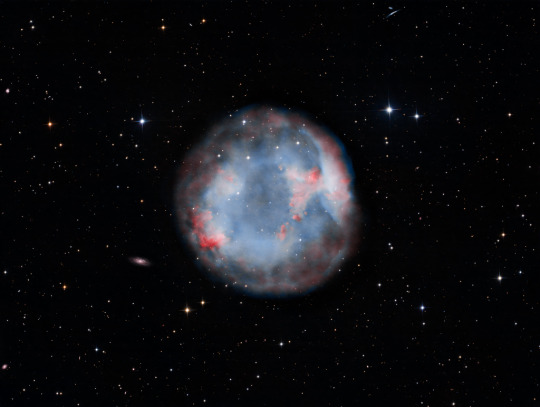
Planetary Nebula Abell 7
This planetary nebula, this transient spectacle, represents a fleeting, yet profound, chapter in the life of a star. It is a glimpse into our own future, a preview of the fate that awaits our Sun, some five billion years hence. The central star of Abell 7, a once luminous sun-like orb, now fades into a white dwarf, a stellar ember cooling across the eons. It has shed its outer layers, a cosmic shedding of skin, leaving behind this luminous shroud, this testament to its passing.
We estimate Abell 7 to be a mere 20,000 years old, a cosmic blink of an eye compared to the ten billion years of its central star's existence. Ten billion years, a span of time that dwarfs the entirety of human civilization. Within this vastness, within this cosmic drama, we find echoes of our own origins, and a glimpse of our ultimate destiny. We are star stuff, contemplating the very processes that gave rise to us, and to the cosmos itself. The cosmos is within us. We are made of star-stuff. We are a way for the universe to know itself.
Text reworded from APOD by Gemini AI in the style of Carl Sagan, some of you may have guessed already.
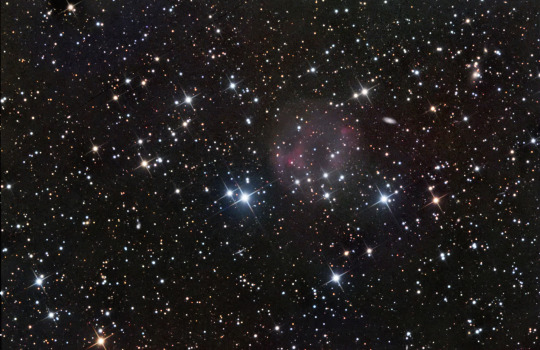
35 notes
·
View notes
Text
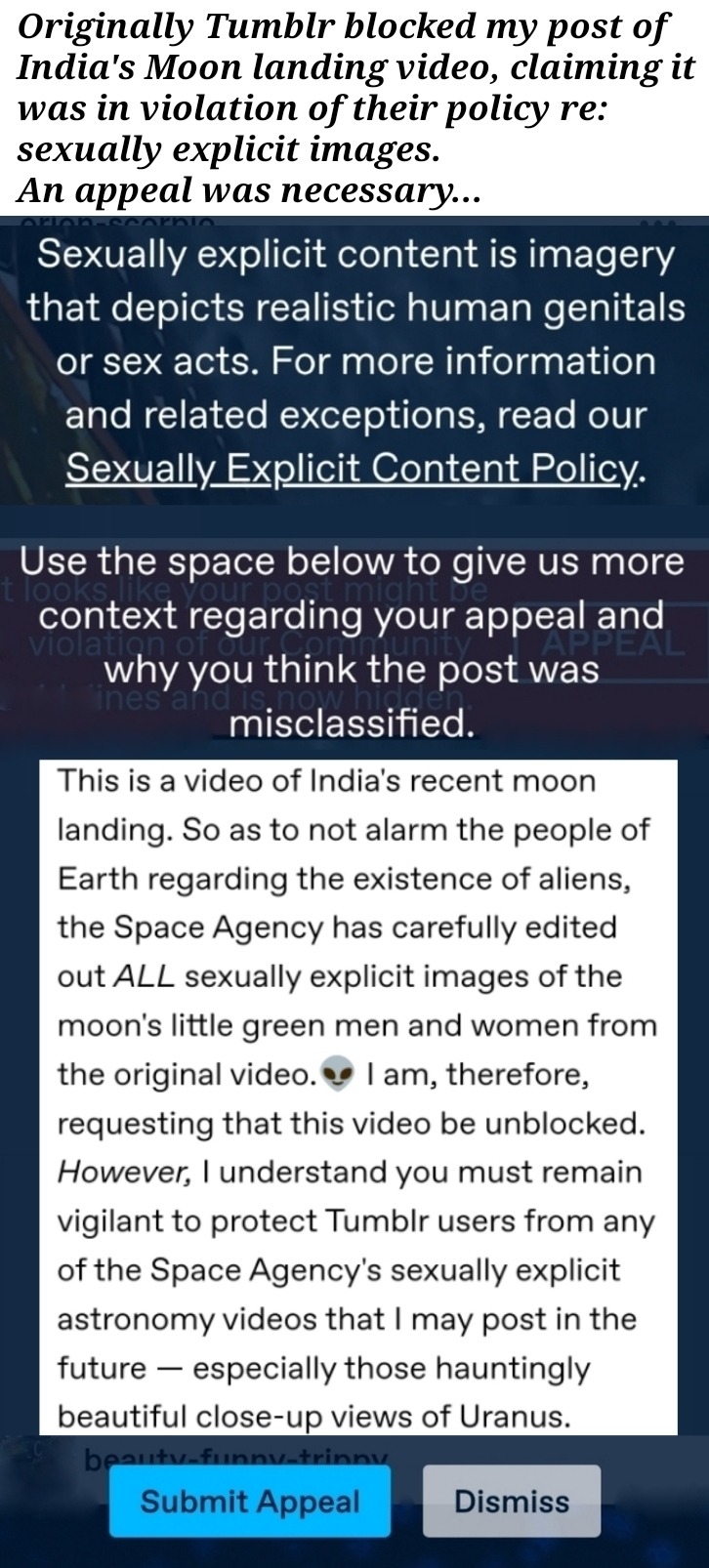
Sexually Explicit Moon Landing?
In Tumblr's defense, their A.I. program may have seen the shiny modern technology of the lunar rover and got a little excited. To an A.I. brain, the Chandrayaan-3 Rover may indeed be exotic and quite sexy (especially considering that the rover's solar panel is in a fully erect position). You be the judge, you can see the video here.
#funny#lol#humor#moon landing#tumblr#artificial intelligence#moon#astronomy#science#ai#space#lunar#aesthetic#memes#hilarious#haha#puns#beauty-funny-trippy#bad ai#meme
430 notes
·
View notes
Text
I wasn't going to share this.

It's not that I didn't want to. But these days, putting any art online feels like casting very personal pearls before ravenous robot swine.
But then I saw that post about the cosplayer who shared her armour technique, in defiance of the urge to keep it secret, and I thought, stuff all this. AI may steal our work, but the saddest thing would be if AI stopped us from sharing it at all.
In the spirit of the old Internet, of sharing and collaboration and collective joy, here is the image I drew on Sunday as I listened to the minister talking about creation, the sun moon and stars.
#art#my art#my actual art#done with my own hands#digital art#Celtic art#Celtic knotwork#creation#astronomy#seasons#fuck ai#fuck techbros#we built this world with our own hands#it doesn't belong to you
80 notes
·
View notes
Text
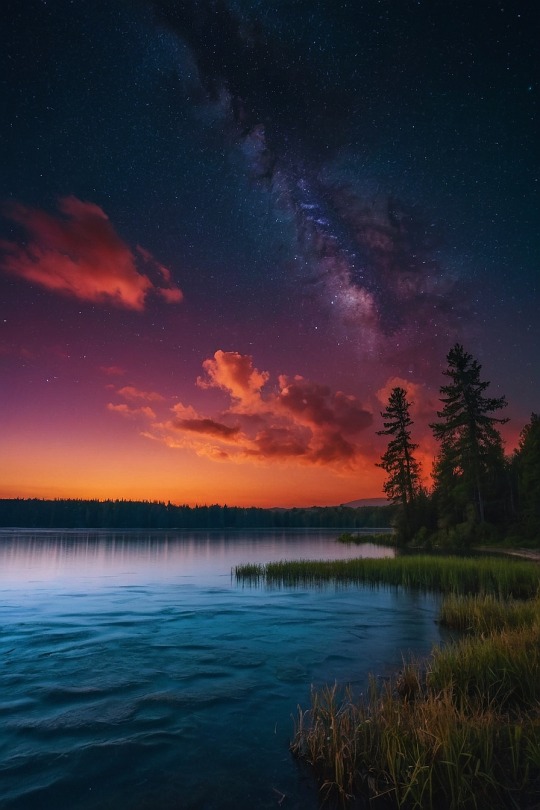
#art#photography#nature#artificial intelligence#photograph#photographer#landscape#places#landscapes#artwork#photography art#digital art#photooftheday#artificialintelligence#artoftheday#naturephotography#nature lovers#Ai art#clouds#sky#space#stars#galaxy#astronomy#night sky#night time#night#sunset
618 notes
·
View notes
Text
A new algorithm tested on NASA's Perseverance Rover on Mars may lead to better forecasting of hurricanes, wildfires, and other extreme weather events that impact millions globally. Georgia Tech Ph.D. student Austin P. Wright is first author of a paper that introduces Nested Fusion. The new algorithm improves scientists' ability to search for past signs of life on the Martian surface.
Continue Reading.
#Science#Space#Astronomy#Planetary Science#Mars#AI#Artifical Intelligence#Machine Learning#Nested Fusion
129 notes
·
View notes
Text

i-
i pretty much had to physically restrain myself from commenting on… all of that… 😬 but i tried to at least respond on topic
#if you know literally anything about astronomy#you know how easy it is to disprove literally everything about astrology#i think it’s ok to be like a fun little thing#but the second you start making assumptions about ppl based on their signs#i want to get far far away from you#the funniest part to me about this is that#i obscured the person’s info for privacy#but their profile picture is ai generated…#op
20 notes
·
View notes
Text

CROP: An autumnal scene at the Institute Pond: onlookers observe a gravitational-wave-emanating event in the dark, star-filled water — two black holes orbiting around one another, sending out ripples. Art by Olena Shmahalo for The Institute Letter.
#olena shmahalo#sciart#illustration#science illustration#physics#portfolio#astrophysics#astronomy#gravitational waves#black holes#space art#human artists#artists on tumblr#NoAI#No AI
41 notes
·
View notes
Text

For daytimes here at the Mystery Castle you can probably spend countless hours in the Planetarium Room with its collection of astronomical and nautical instruments. And @sarahwellshunter will have a little more for your to wear, too. You're always welcome with all of us, @astogurlnikkipinkai.
16 notes
·
View notes